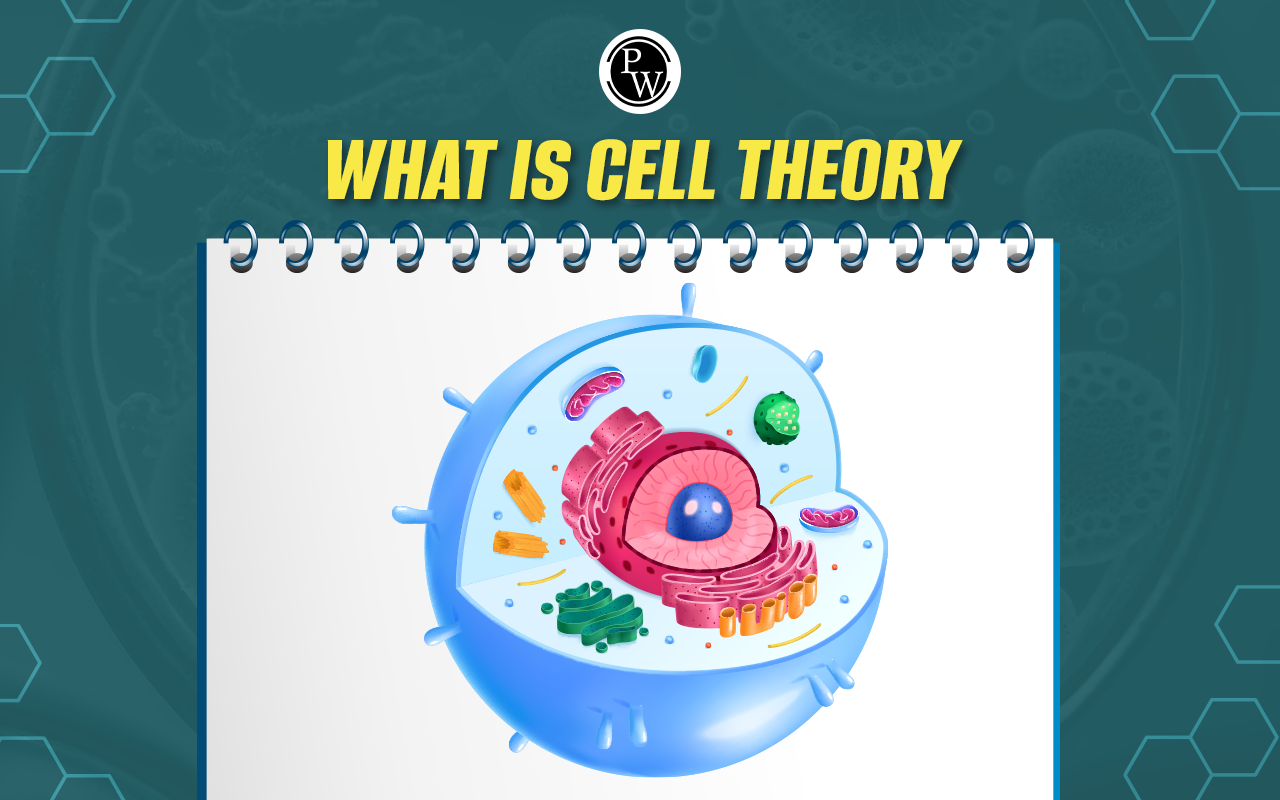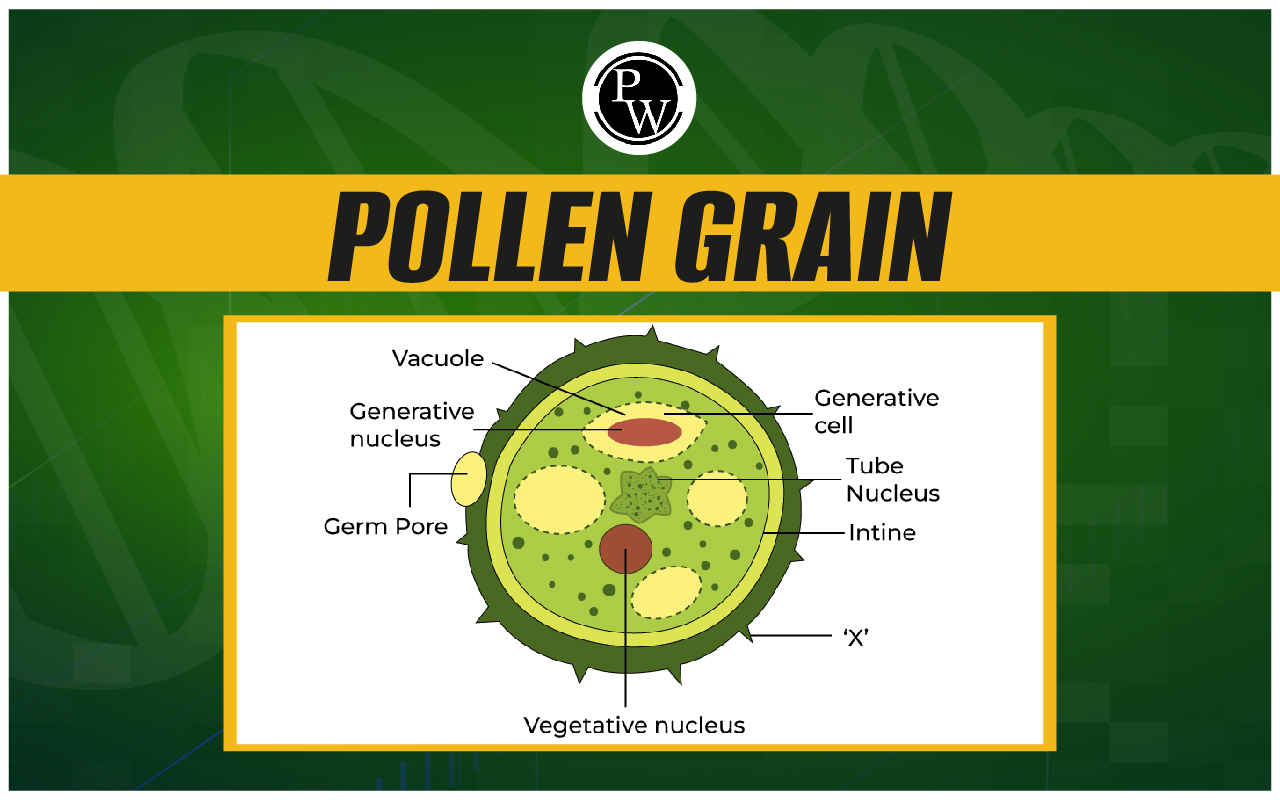
Difference Between Intensive and Extensive Properties : An in-depth understanding of matter properties is vital in both chemistry and physics, as it offers valuable insights into substances. Typically, the exploration of a substance begins by investigating its physical properties, which serve as a fundamental aspect of research.
Researchers prioritize developing an understanding of the physical properties of a substance, as it not only broadens its applications but also uncovers essential information about its nature. Within the realm of physical properties, substances are categorized into two types - extensive and intensive properties. For aspiring candidates preparing for NEET exam, understanding the difference between extensive and intensive properties of matter becomes crucial. For developing a foundational understanding of substances it is important to understand these properties, aligning with the requirements of the NEET syllabus .Difference Between Intensive and Extensive Properties
Intensive and extensive properties are key concepts in understanding matter. Intensive properties, like temperature and density, stay the same. They're like a substance's unique characteristics. On the other hand, the extensive properties of substances like mass and volume, depend on the quantity of it. They change as you have more or less of the material. This difference is crucial in science and especially important for students to grasp. Intensive properties give us insight into the nature of substances, while extensive properties help us understand how substances change in different amounts.Difference Between Intensive and Extensive Properties Overview
Understanding the difference between intensive and extensive properties is important in gaining knowledge about unique characteristics and quantity-related aspects of substances. These distinctions play a crucial role in scientific analyses. For a concise overview, refer to the table below, summarizing the key differences between intensive and extensive properties.| Difference Between Intensive and Extensive Properties | ||
|---|---|---|
| Property Type | Intensive Properties | Extensive Properties |
| Definition | Independent of the quantity of matter | Depends on the quantity of matter |
| Examples | Temperature, density, pressure, refractive index | Mass, volume, energy, length |
| Observation | Remains constant regardless of the size of the sample | It Changes with the size of the sample |
| Extensibility | Not additive; does not depend on the amount of substance | Additive; depends on the amount of substance |
| Equation | Often represented per unit mass or volume | Represents the total amount of the property |
| Behavior | Homogeneous throughout the substance | Depends on the size or extent of the substance |
| Notation | Often denoted by lowercase letters (e.g., T, ρ, P) | Typically denoted by uppercase letters (e.g., M, V, E) |
What are Intensive Properties?
According to the definition, the intensive properties are the physical properties of a substance that do not depend on the quantity or size of the sample. They remain constant regardless of the amount of substance present.Examples of Intensive Properties
Temperature : It remains the same regardless of the quantity of the substance.
Density : It is known that the density is the mass per unit volume and is independent of the amount of substance.
Refractive Index : The refractive index of a material remains constant, irrespective of the quantity of the material.

What are Extensive properties?
The Extensive properties of a substance are the properties that depends on the quantity or size of the sample. These properties vary with the amount of substance present.Examples Extensive properties
Mass : The mass of a substance increases with the quantity of the substance.
Volume : The volume of a substance is directly proportional to the quantity of the substance.
Energy : The total energy of a system is an extensive property and increases with the amount of substance in the system.
Begin your journey to NEET success with PW NEET online coaching . Our comprehensive and tailored approach ensures top-notch preparation for the medical entrance exam. You will benefit from experienced faculty, interactive live classes, and personalized study plans. Join PW NEET Online Coaching for a seamless, efficient, and effective preparation that brings you closer to your medical dreams.Difference Between Intensive and Extensive Properties FAQs
What is the difference of intensive and extensive properties?
Is boiling point extensive or intensive?
Is Density an Intensive or Extensive Property?
Is Heat Capacity Intensive or Extensive?
What are extensive and intensive properties and their examples?










